|
The Hochschule Für Gestaltung (HfG). or Ulm school of design was founded in in the city of Ulm, Germany. HfG was created by Inge Aicher-Scholl, Olt Aicher, and Max Bill. It opened in 1953 and closed in 1968. The Ulm school of design mirrored the Bauhaus' approach to artistic creation: integrating art & design with advances in contemporary technology. However, HfG took this further than the Bauhaus, by exploring Art's relationship with contemporary thought and how the two interact and affect each other.
Rams was involved in the HfG by way of a design collaboration effort with Braun and the HfG. This cooperation was engaged in with the hopes to create unique product designs to help Braun stand out in the market. Rams' role in this was spearheading the principles of design to create a consistent, recognisable Braun Style which all products made by the company should adhere to.
0 Comments
In 1925, the Bauhaus moved from Weimar to Dessau and Albers became a professor. Albers' work turned towards furniture design and glassworks. Albers taught as the master of crafts. As the Bauhaus closed in 1933 due to political tension, its students and faculty went their separate ways.
Constructivism is a minimalistic, geometric, dispassionate art style that arose in 1913's Russia, and gained popularity in 1917, after the Russian communist revolution. In lieu of The Great War, ideals of a better tomorrow, and unity were the emergent paradigm, Constructivism builds on these themes with its orderly compositions, harmonic inclusions of photographic depictions of people, and its simple and consistent colour scheme. Constructivism was used by the Russian socialist state as a form of propaganda, using art & design to educate the masses, to construct the ideas of tomorrow.
Constructivist works have a very limited colour palette, usually black, red, and the paper's colour (Pale white or yellow). This limited palette may have been a design decision, but another factor may be that constructivist artworks are state-manufactured propaganda and, as such, the mass-produced nature of the product requires the cheapest materials, hence Red and Black pigments which were historically cheap to produce. However, these colours contrast well with each other, and appear very bold when overlapping.
Red may represent the blood, passion, and work that has gone into the initial revolution and subsequent duties of the citizens of the USSR. Black is a very absolute, authoritative colour which may represent the strength and resolve of the communist regime, it also draws the eye quite quickly which would be an advantage for propaganda posters. The use of photography in constructivist works may enhance the futuristic rhetoric of the political ideals by using more modern image-making technology. Photography is also a quicker, more immediate way of creating images which would be preferable for the production of up to date propaganda. Photographic images may be viewed as a more reliable, sincere depiction of people than paintings as a photograph's content cannot be influenced by an artists biases. History & Practice: End of the 19th Century - Differences Within Art Nouveau Across Europe13/10/2019 Art Nouveau is a decorative art style that developed around the 1890s as a rebellious counter-culture, rejecting the established academic arts' convention towards art and design. Art Nouveau was the new-hotness hitting the European art stage with flowing curves, unified design aesthetics, and dynamic forms inspired by nature. Art Nouveau ("New Art" in French) spread from France and developed unique aspects as different European countries' culture influenced their art and design. Glasgow - Scotland
The Glasgow style of art nouveau seems to have developed alongside the constraints of architecture, as such the designs are limited within relatively standard forms present on buildings. There are no impractically decorative elements included in the Glaswegian style of art nouveau, yet the decorations that are present have the nature-inspired flowing design that is common in traditional art nouveau. As the Glasgow style of art nouveau developed, it became more geometrically focused. This revolving bookshelf has no natural-looking curves, it is entirely geometric in its aesthetic. This trajectory of development would lean into the Arts & Crafts movement. Madrid - Spain
Madrid's Art Nouveau style is considerably more nature-centric when compared to the geometric themes of Glasgow's style. Floral features and organic curves are present in almost all aspects of Madrid's style, depicted in plaster, iron, and glass decorations. Nancy - France
Nancy's Art Nouveau style combines several materials made more accessible due to growing industry within the region into decorative architecture. Iron and wood works provide a façade for panes of glass, clear or decorated. These fronts silhouette plant-like structures from the inside of a building, while also containing a more detailed face that projects outward. Vienna - Austria
There is a clear disconnect between decorative elements and practical elements of Viennese Art Nouveau constructs. However, the decorative elements seem to be more lavish in their aesthetic, golden elements feature prominently leaving some of the less shiny assets in the design go unnoticed.
History & Practice: Japanese Art's Influence on European Art and Design in the late 19th Century6/10/2019 Japan spent over 220 years with closed borders and limited trade policies enacted in the 17th century. This policy was established off the back of the sengoku jidai, "age of civil war", resulting in a unified Japan after 148 years of military conflicts. Japan's self-imposed isolationist policy towards global affairs was forcibly ended by America via two warships in 1853, resulting in Japan trading with America (at cannon-point). This trade opened up Japanese goods and culture to the western world. Claude Monet - Case StudyClaude Monet:
Vincent Van Gogh - Case StudyVincent Van Gogh:
|
Author:Elliot Watson, Illustrator with a background in historical swordsmanship and all the weird and wonderful trappings that entails. Archives
November 2021
Categories |
Site powered by Weebly. Managed by 34SP.com



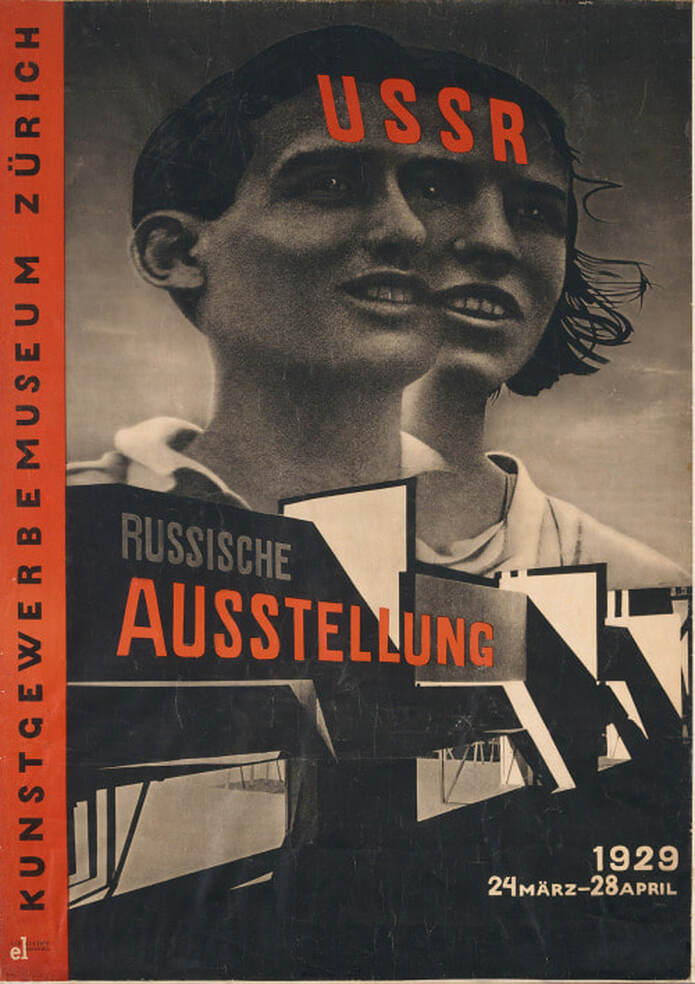





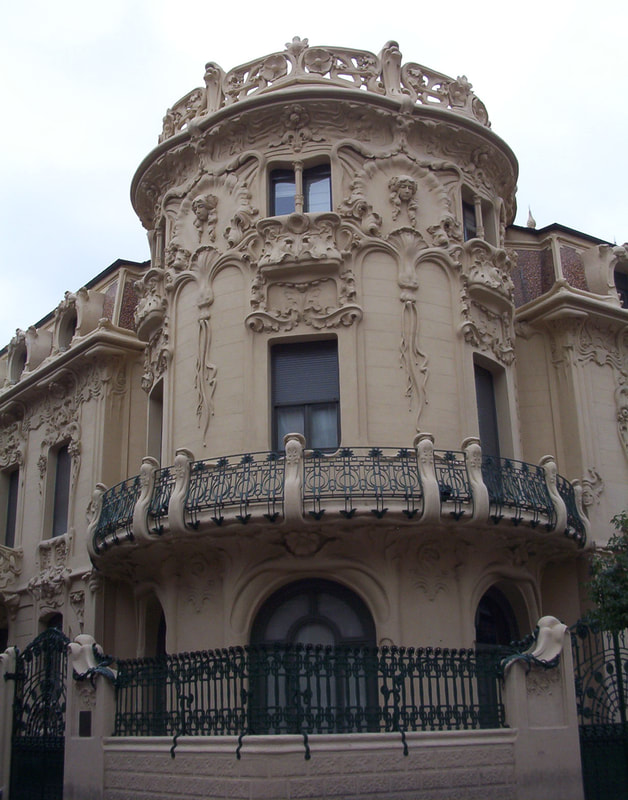






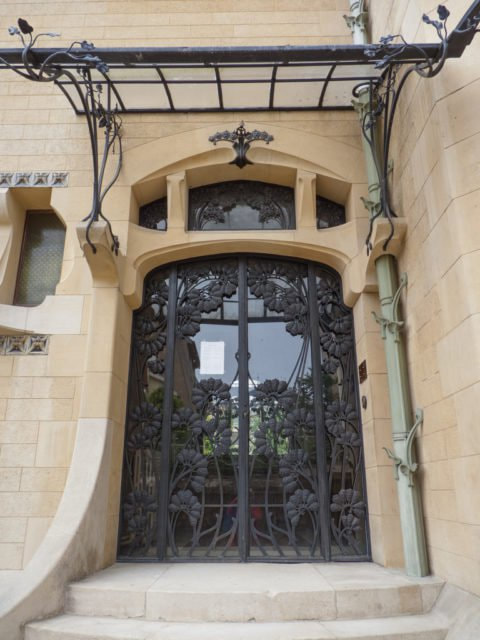


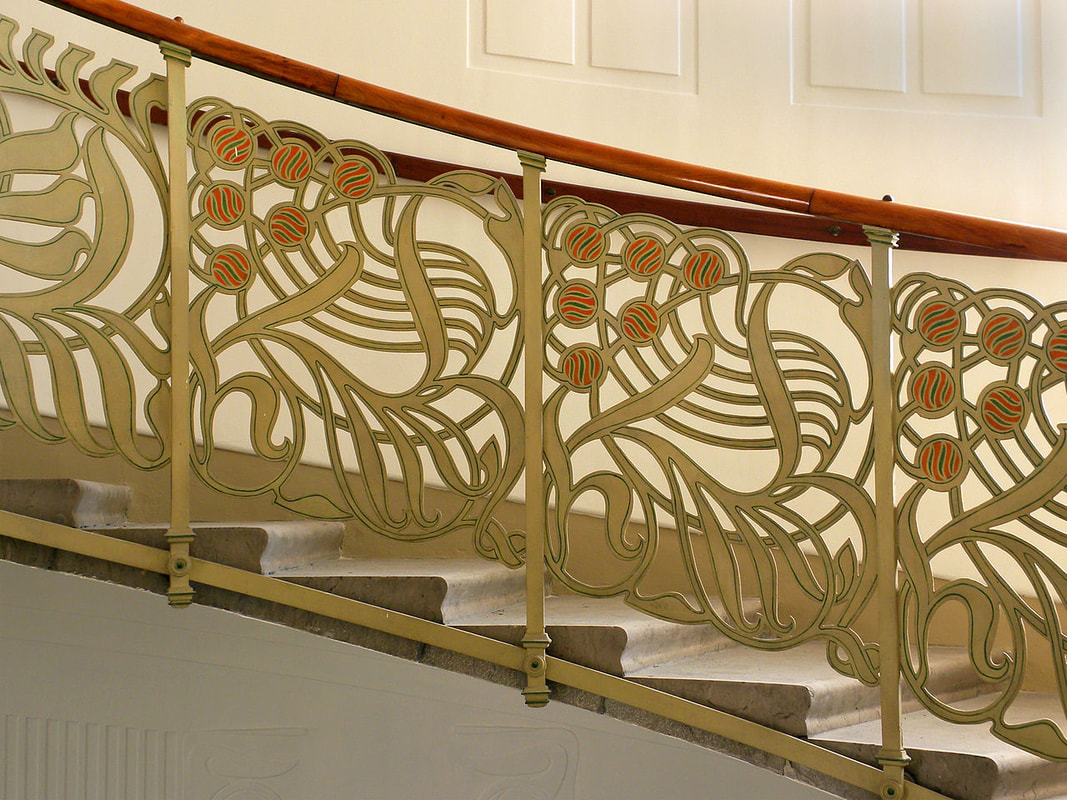



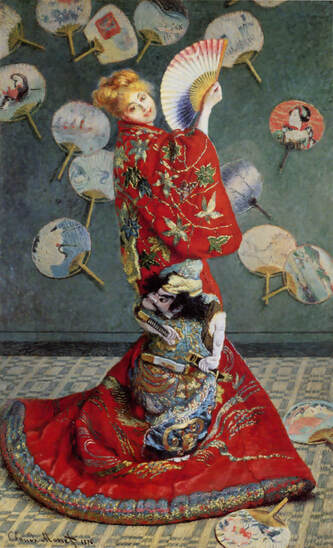




 RSS Feed
RSS Feed